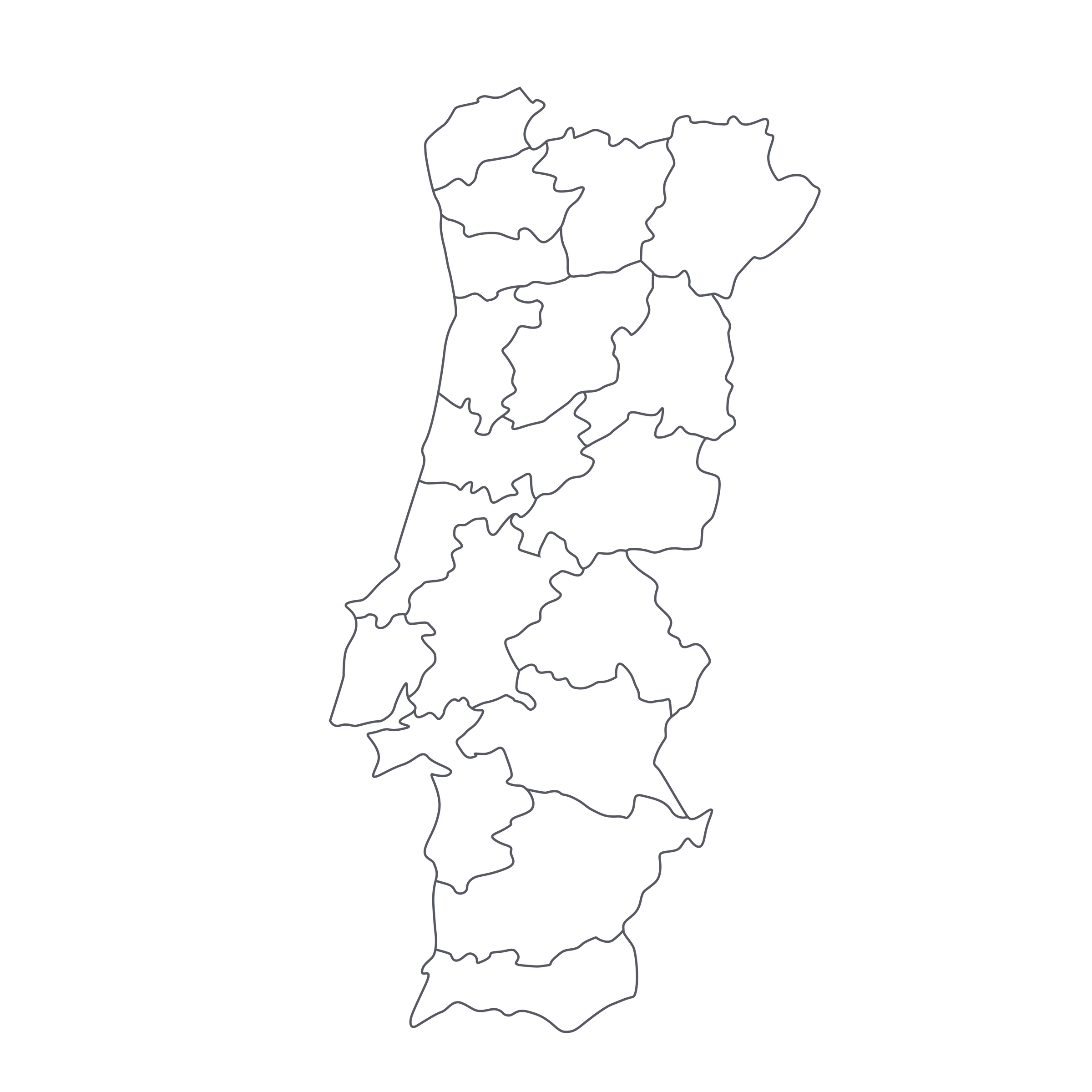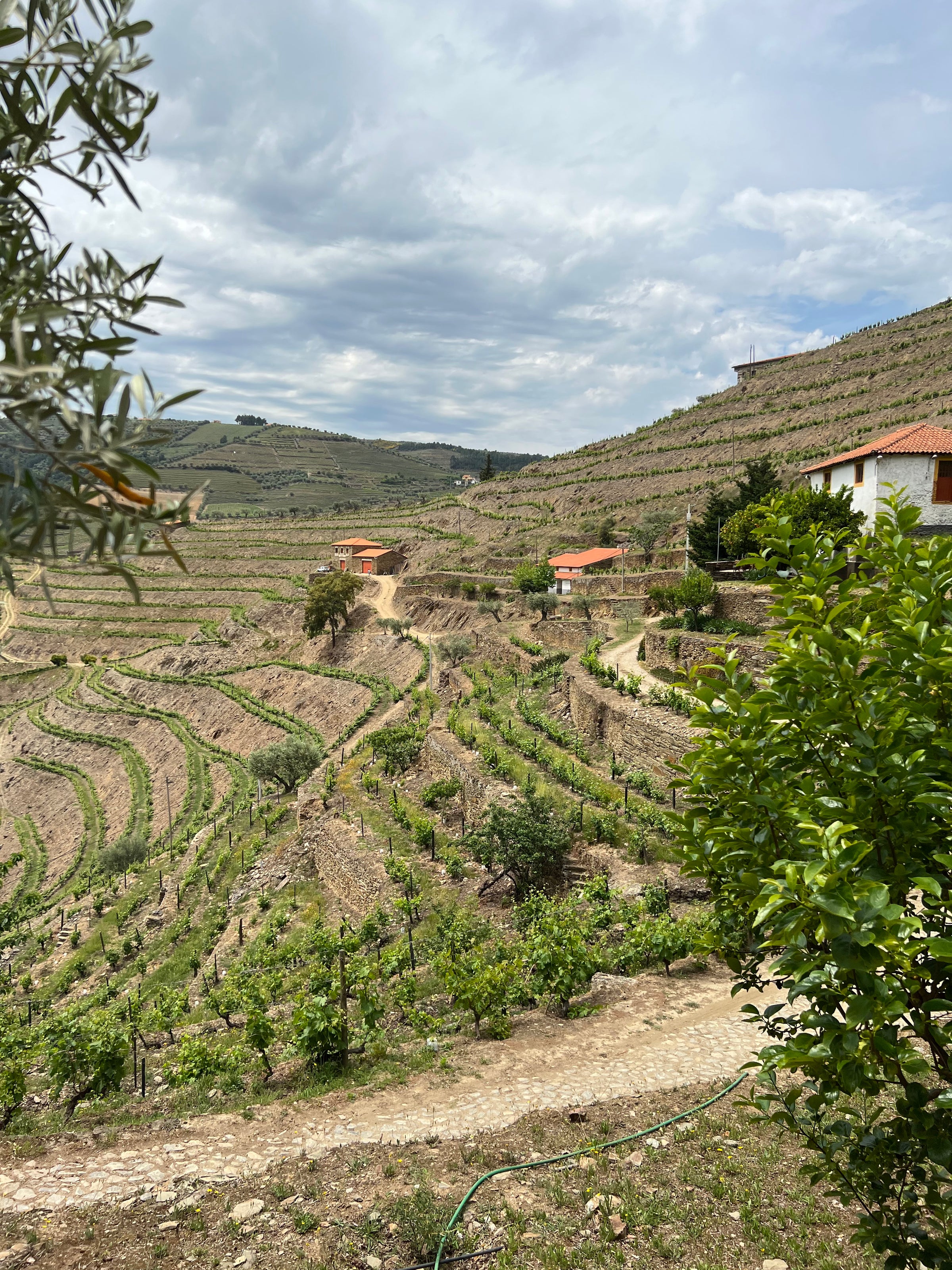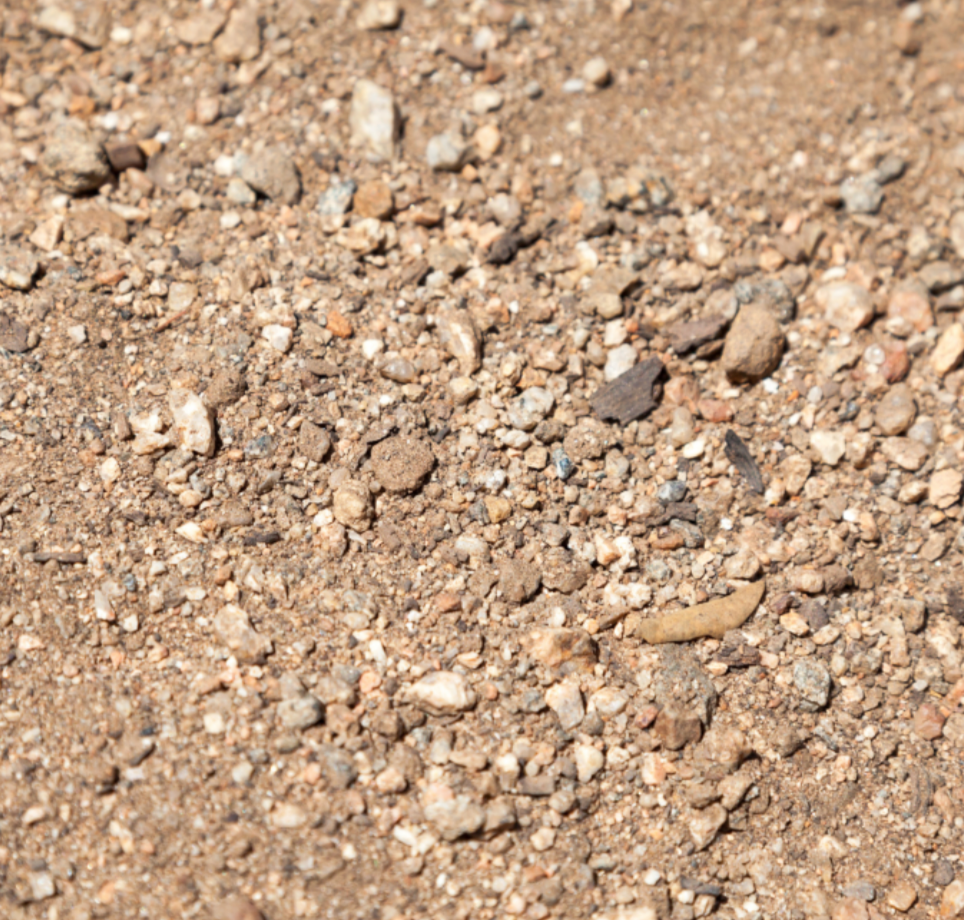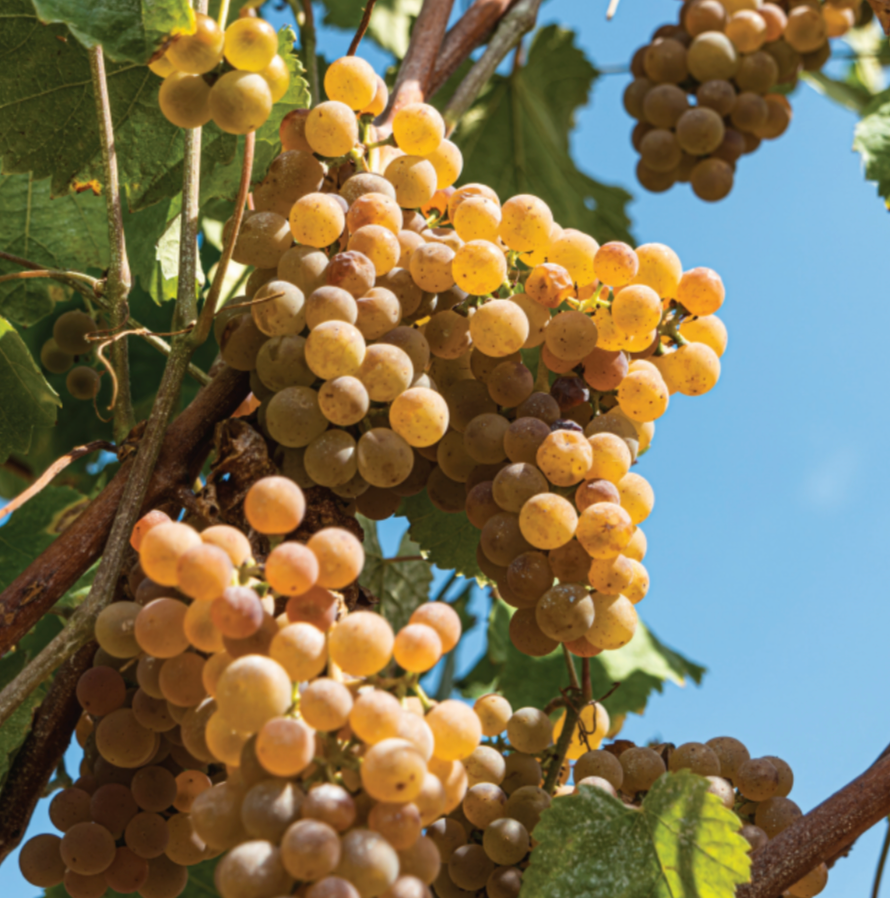Whenever we offer a Port, it feels necessary to put the “what” before the “why.” For all its history, it’s still a confusing category for many wine drinkers. So, what is this 2009 you’re looking at? It is a Port made in the “Colheita” style, meaning it is a Tawny Port from a single vintage. Tawnies are so named for their amber color, as they are aged for long periods in wood before bottling. Colheita Tawnies spend a minimum of seven years in barrel, but today’s wine, from the acknowledged master of the Colheita style, Dirk Niepoort, spent more than a decade mellowing into the exceedingly complex mass of sweet, savory, spicy goodness it is today.
And here’s where we transition to the why: Because these are legitimately great wines, capable of aging gracefully for decades, that have landed in a kind of netherworld between wine and spirits. To see bottles of Port gathering dust on restaurant backbars…ugh! They should be on prominent display in the wine cellar, next to the other trophy wines! Put plainly, there are few (if any) wine experiences like this one at this price. It’s a mature—or, more accurately, still-maturing—red wine of uncommon power and energy. The sweetness, which is much more muted than that of a Vintage Port, is effectively incidental, thanks to oak aging and time. It is delicious, fascinating aged wine, period.
Plus, it’s a steal, relatively speaking. Dirk Niepoort is an international winemaking celebrity, known not just for his Douro Valley wines—both fortified and dry—but for assorted collaborations with other top-tier wine talents. He has been called a “visionary” and “Portugal’s most important winemaker,” and in the case of this Colheita Tawny, he typically ages it for at least 10 years in barrels before bottling, after which it is held even longer before release. That means tying up inventory for more than a decade before putting the wine up for sale—and then it’s released for ~$50? The fact that the Niepoort family has been making wine in the Douro since 1842 certainly contributes to that, but it’s amazing nonetheless.
Niepoort does everything well, but Colheita (pronounced coal-YEE-ta) is a style he’s especially well-known for. The winemaking process for Colheita Port is the same as any other Port: indigenous grape varieties are harvested when quite ripe, then they are pressed and fermented; once the must reaches a certain level during fermentation, brandy is added to kill the yeasts. This leaves an abundant amount of residual sugar along with about 18-21% overall alcohol, which helps preserve the wine. Colheita Ports must spend seven years in barrel before bottling, but Dirk’s 2009 Colheita aged for more than 10 years, picking up all sorts of subtle “oxidative” notes (and shedding color) as the wine “breathed” through the barrel.
When Dirk took over from his father in 2005, he vowed to continue making Port the traditional way, but also purchased premium vineyard parcels to increase the quality of their production. These vineyards are farmed biodynamically, and the viticulture team respects the natural cycles of the vines, as well as the relationship between the distinct terroir and each unique vine. The 60+-year-old Vale do Pinhão and Ferrão vineyards are used to source grapes to produce this wine and are planted to Touriga Nacional, Touriga Franca, Tinto Cão, Tinta Francisca, Tinta Amarela, Sousão. and Tinta Roriz (Tempranillo), among others.
This 2009 edition of Niepoort Colheita has a dark amber center quickly moving to orange and light garnet hues extending to the rim. The aromas are powerful and complex, showing notes of dried plums, dried black cherries, sandalwood, sweet tobacco, candied walnuts, white raisins, and exotic spices. The palate is generously sweet (with 99 grams of residual sugar), but in a perfect way that is not at all cloying, showing beautiful flavors of preserved red and black fruits, grilled nuts, sweet spices, and a hint of crushed stones. The amazing dried fruit flavors and nutty characteristics of this bottling are tantalizing: it should be enjoyed out of an all-purpose stem at about 55-60 degrees. Decanting this 2009 Colheita Tawny is not needed, as all the wine’s sediment fell out during the extended barrel aging process.
After dinner, simply pour 2-3 ounces and enjoy with a selection of cheeses alongside Marcona almonds, honeycomb, and toasted raisin bread. You need not finish it in one sitting either—re-cork and keep it in the refrigerator and it will last several weeks without any dropoff in quality. Best of all, any bottles you choose to cellar will mature effortlessly for decades. This really should not be missed!







